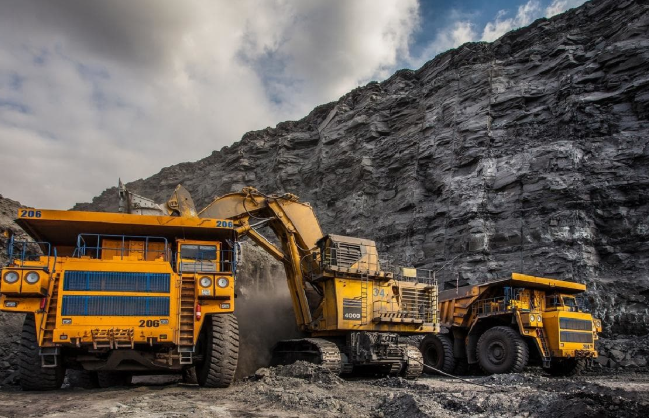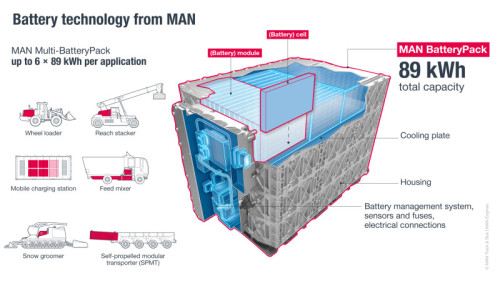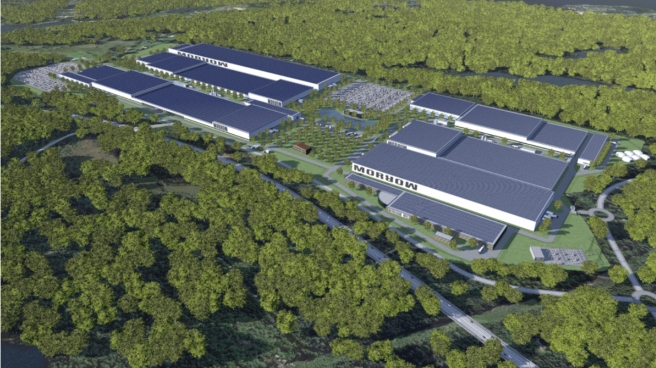According to a new report by Wood Mackenzie, coal will continue to be the dominant fuel source in power generation, peaking at 2027 before slowing down and accounting for 36% of the region’s generation mix in 2040.
By then, total power demand in Southeast Asia is expected to double from 1.05 petawatts per hour (PWh) in 2018 to 2.46 PWh.

To meet the rapidly increasing power demand, Southeast Asia will have to invest an average of US$17 billion annually in power capacity. Coal should account for most of this investment in the medium term, before being overtaken by spending on gas-fired generation. By 2034, investments in solar and wind power plants should surpass that of gas power plants.
“The narrative surrounding coal has been pessimistic across the world. This will result in the gradual slowdown of new coal-fired capacity in Southeast Asia. However, the reality of rising power demand and affordability issues in the region mean that we will only start to see coal’s declining power post 2030,” said Jacqueline Tao, Research Associate, Wood Mackenzie.
Incremental coal will decline over time as the cost of renewables decreases and pressure on environmental grounds increases. By 2040, solar and wind power plants will lead in the region’s power capacity mix at 35% or 205 gigawatts (GW).
“Collectively, investments in wind and solar power supply makes up 23% of total power investment, amounting for more than US$89 billion from 2019 - 2040. This is despite renewables being less cost competitive in the region compared to the rest of the world, and challenges such as land acquisition and intermittency issues,” Tao added.
Often touted as a transition fuel, the percentage of gas in the region’s power mix should remain flat at about 30% through to 2040. Southeast Asian total gas demand will grow from 14 billion ft3/d today to more than 23 billion ft3/d by 2040, supported by the continued infrastructure expansions in Thailand, Vietnam and Indonesia.
Tao said: “Driven by strong economic growth, burgeoning population and developing middle-class, power demand in Indonesia and Vietnam, could rise three-fold to 1.44 PWh in 2040. Together, these two markets will account for almost 60% of Southeast Asia’s power demand.”
While gas demand continues to grow, the outlook of gas supply in the region remains largely constrained as many of the mature fields are going into decline. The first half of 2019 saw three large gas discoveries in the region, which may lead to a revival of exploration interest and CAPEX spend in the region. However, it is unlikely to arrest the decline from mature fields.
Southeast Asian countries are expected to import more than 100 million tpy of LNG by 2036. This represents almost a 10-fold increase from the 10 million tpy imports in 2018. Substantial investments in regasification infrastructure will be required to enable this volume of LNG to enter Southeast Asian markets.







